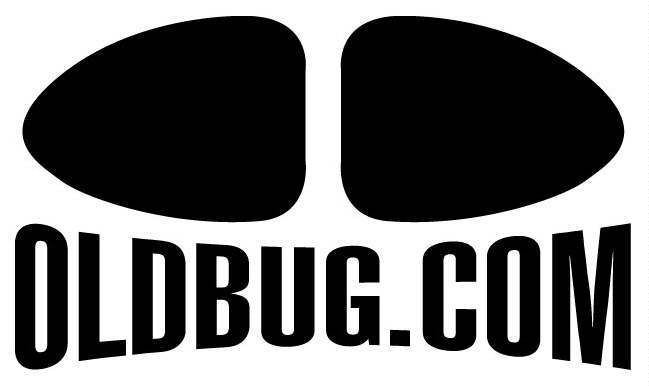
BUYER'S GUIDE
GENERAL VW BUYING TIPS FOR ALL MODELS
So you've found an old VW that you are interested in buying,
but you dont know if it's a good deal or not.
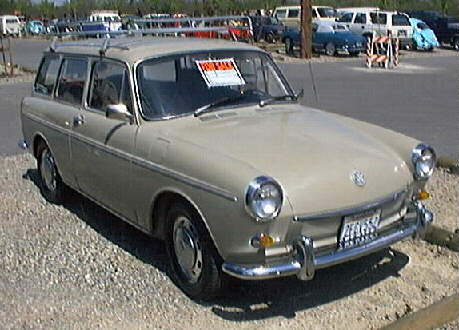

BUYER'S GUIDE
GENERAL VW BUYING TIPS FOR ALL MODELS

First, ask yourself a few questions about
what you really want.
Do you want a car that is ready to drive and enjoy?
Do you want a project to keep you busy on the weekends?
Do you want to have a custom car or a restored one?
Do you want to win trophies at car shows, or just have
a fun weekend driver?
These are just a few ideas of course...you
come up with your own questions...
Also figure out a budget to work with and any other special
stuff like where to park it, and insurance and stuff...that way there are
no suprises. I know it sounds real basic, but there are many people out
there have bought an old VW camper and brought it home only to realize
it's too tall for the garage.
And of course make sure that the car you are considering is one you will like. If your dream is to own an Oval Window, maybe the 68 sedan you are looking at is'nt the best choice.
Now on to the real important stuff...
CONDITION IS VERY IMPORTANT
(This is an extreme understatement)


The condition of the car is the most important
factor in my opinion.
There are tons of "cheap" VW's out there, but
if it's a real "pile", you'll save more money in the long run
by buying a nicer car for a few bucks more to begin with.
Now "condition" is a pretty vague
word, and covers many parts of the car, not to mention that it is a personal
opinion sort of thing as well (one man's trash is another man's treasure).
So let's define it a little bit and seperate it out into a few catagories.
BODY
PAINT
INTERIOR
MECHANICALS
ORIGINALITY
HISTORY
AND IS IT COMPLETE...
Some of these are obvious, while a couple of them are a little strange. So I will take each one and break it down for you. Now remember, these are general tips for all models, the following pages have special things to look for for each model and some other info...
BODY
With cars, the body is the main
thing...it's the body for crying out loud, and you cant have a car without
one (keep it quiet you sandrail guys). The condition of the body is very
important. Some things can be easily repaired, while others require acts
of God to make right.
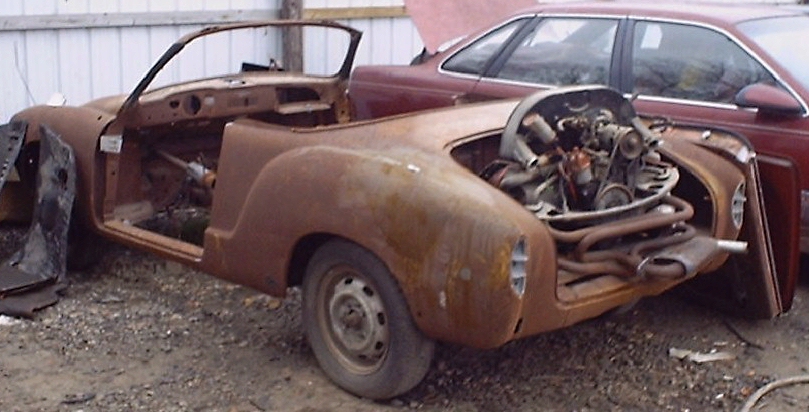
Rust is one thing to keep a serious
eyeball peeled for.
In most parts of the world, that
"demon rust" has it's way with old cars and in many cases has
ended the life of a vehicle all together.
Volkswagen's are no exception, so
look all around for signs of rust or signs of repaired areas.
What are the "telltale" rust signs ?
~Look for rust holes
of course...
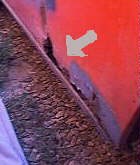
~Bubbles in the paint
that can range in size from the size of a pencil eraser to several inches.
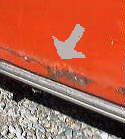
~Look at the underside
of the car and inside the fender wells
for any signs of holes,welding or
patches.
~Shake the doors and listen for little bits of stuff moving around (might be rust flakes)
*
Each model has it's key
spots to check for rust...
check out the following pages for
the model you are most interested in...
*
"Surface Rust"
is just as the name implies, is rust just on the surface,
and not rusted through the metal.
This is easier to deal with than holes and crusty stuff.
*
When checking out a car,
make notes of what rust repair may need to be done.
There are decent repair panels available
for most models, so rust holes are not the end of the world. But properly
repairing rusted areas is a bit of an art, and it is best to spend a little
extra to have it done correctly. Trust me...cutting corners on rust repair
and just spreading
body filler over the holes is asking
for trouble. Six months later the bubbles come right back
and your fresh paint job is wasted.
Fix it right the first time.
BODY DAMAGE ~ DENTS AND DINGS
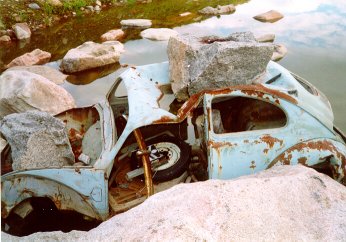
So what do you look for?
~Visable Dents and Dings...of course.
~Cracks in the paint, can be a sign of bodywork coming loose.
~Poor fitting doors or hoods can be signs of a problem.
~Body lines that seem
to soften in areas (like the center ridge on a Karmann Ghia nose)
if they are sharp in some spots
and smoother in others...a sure sign of repair.
~Look at the inside of
everything, like under the hood, for any bumps or rough spots.
(it might be nice and smooth on
the outside of the hood,
but bumpy underneath...if it is,
there has been repair work done)
*
Body damage is a pretty obvious thing to look for , but you gotta be on your toes about it. A big dent in the fender of a Beetle is not a big issue (replacement fenders are reasonable), but the same dent in the nose of a Karmann Ghia can be a big problem to repair correctly. Just like rust repair, bodywork is often done incorrectly, and the life span of the repair can be short. Here are a few general things to look at when considering any body damage, and a few telltale signs for bodywork that has been done to the car. (More detailed tips for each model in the next pages).
PAINT
Paintwork is another basic
thing to look at when considering buying a car.
If you are buying a car that has
been restored and has a nice coat of paint, there are a few things to look
for to insure that it was done correctly, and that it will last.
There is a huge difference between
a $300 paint job from Earl Scheib
and a $5000 paint job from a professional
restoration shop (and I aint talking about the price).
First look at the finish...is
it smooth?
Is it really
smooth?
Lots of small bumps in the finish
is called "orange peel", and while not a criminal offense, is
a sign of a lesser quality paint job. On some occasions, this orange peel
can be "color sanded" and buffed to a glassy finish (this is
how the real pros do it). But this doesnt always work.
Beneath the paint is
the real important stuff...
When you sight down the side of
the car and look at the reflections in the paint
...is it like a mirror?
"Waves" in the body are
usually signs of previous bodywork.
If you are paying top dollar for
a restored car (ie: $50,000 for a VW bus) it better be like glass.
If you are paying $3000 for an old
60's Beetle, dont expect perfection.
Other areas to look at
when it comes to paint, are the spots you dont normally see.
Take a look at the bottom edges
of the fenders and look under the hood and in the door jams.
Is the paint there as shiny as the
outside?
A quality restoration will show
in these areas...they will be nice and smooth.
Also look at the rubber and trim
on the car, and especially around the windows and doors.
Is there paint on them anywhere?
Many painters will cut down the
prep time by masking off these items rather than removing them.
Once again, on a quality restoration,
these parts will not have "overspray" on them
and will be clean and new in appearance.
*
Obviously if you are
buying a car to restore,
the condition of the paintwork really
doesnt matter...right?
WRONG!
Old paint can tell you an awful
lot about a car's history, also paint that is flaking off is a dead on
sign that the surface below was not prepared correctly before the top layer
was sprayed.
This means that the top layer must
be removed (stripped off) to insure that the flaking does not happen again
(and it will if you dont strip it!). This can be expensive and time consuming
to do.

The dreamy thing to find is a VW
with it's original paint, even if it's faded through to the primer.
There is nothing to hide, and you
know that the factory paint was applied correctly. In addition, many of
these faded original paint cars still have nice shiny original paint inside
and under the hood. Then you can just have the outside repainted and still
retain some true originality to the car.
The next best thing is
a car that has just been repainted once by a decent painter
who has prepped it correctly.
Another good tip when looking at a car is to bring along a magnet. If you see an area that is suspect...hold the magnet over it and see if it sticks. If it will stick on one spot on the car but falls to the ground on another...youve found some body repair.
Now on a couple of models.. (Ghia's and Coachbuilt's)
the factory used a little lead at body seams to smooth
things over...
so dont freak out if the magnet wont stick to the windshield
post or other similar areas.
Open up the door and crawl inside...what do
you see?

First of all...is everything there?
Are all the seats in place?
(this can be a big deal with a bus or a pre 55 Beetle)
Knobs, mirrors, handles etc?
Things to look for that are commonly bad...
Wrong stuff (ie: wrong seats or steering wheel...etc)
Holes where there shouldnt be (gauges,big stereo holes...etc)
Holes in the carpet, seats, headliner, etc
Cracked steering wheels, and dash pads.
Missing parts or incorrect replacements.
Now with some of these things, you kinda need
to know your stuff and do a little research.
Many VW enthusiasts dont really know what the proper material
for the seats on a 66 Microbus is... so if you are looking for a top dollar
car...perhaps you should find out. If the car is a fun driver and the interior
looks good to you...that's all that matters. Holes and damage and obvious
missing parts are easy to spot.
There are several companies out there that make nice quality interior kits for most all years and models. There are also some real cheesy seatcover sets and things like that. The old rule "You get what you pay for" holds true to this stuff. If you are trying to restore a VW "properly", stay away from the $39.95 carpet kits and $49.95 seatcovers...
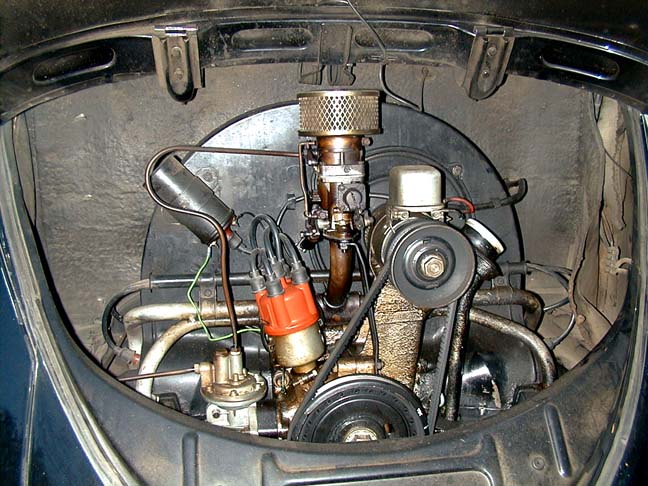
The mechanical parts are pretty important too,
but fortunately for most models, parts are readily available and there
are pretty decent mechanics out there that can do the work. The VW engine
is a simple device compared to most cars, and with a little patience and
a good shop manual, you can do many repairs yourself with good success.
If you are new to old VW's, I highly recommend picking up a copy of "How
to Keep Your Volkswagen Alive" (sold through our website).
It is a wonderful book written with the new mechanic
in mind
Simple to understand...fun to read...and full of good
info.
Some quick tips on mechanicals though...
Fire it up
...how does it run?
Idle smooth? Decent power? Any smoke? Any nasty knocking
noises?
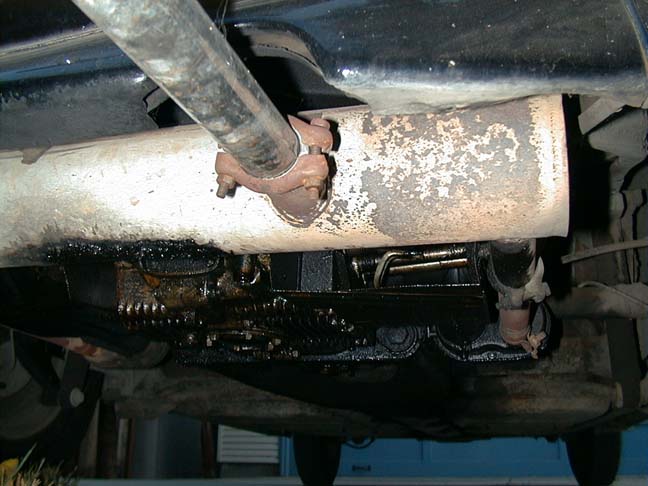
Look under the engine...
is it wet with oil?
(VW's do tend to drop a spot now and then...
but if the whole underside of the engine is wet...you
have work to do)
Feel the steering wheel when you drive...
Is it loose?
Does the car want to wander around on the road?
Does the front end rattle when you hit a bump?
Hit the brakes
Is the pedal firm?
Does the car pull to one side?
Do you have to pump the brakes and scream in terror?
Shift the gears
Does the transmission make any rumbling or grinding noise?
Does it pop out of gear?
Does the clutch operate smoothly?
Turn on the stuff
Lights work?
Dash lights too?
Horn honk?
Radio?
ETC...
Check all of this stuff out and ask the seller
questions about what has been serviced and when.
If anything needs to be fixed (and there will be something)
keep it in mind when you pull out your wallet.
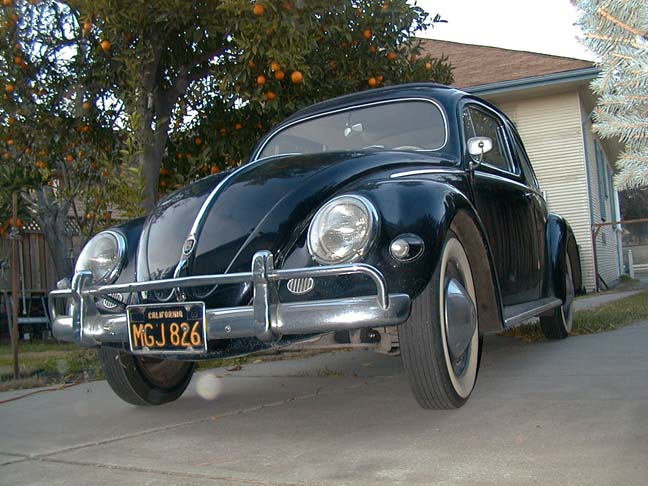
With old VW's, originality can play a big part in the value of the car. A nice original car, with all the original stuff, can bring a premium price, but the benefits can be HUGE when it comes to restoration time (or just daily driving).
The dream is to find a low mileage, original owner car, with everything just as it was when it left the factory. These cars are few and far between , but if you are patient, and arent afraid to spend a little extra..they can be found. We search for them on a daily basis and come across a few... and they are a dream to work on. The bolts arent stripped out, the wiring isnt a rat's nest, and everything fits the way it should .
Cars that have been re-painted, re-wired, lowered,
customized, hot rodded
and otherwise molested, can be a nightmare to work on,
not to mention being worth a lot less when you go to sell.
Do some research, look in the VW books to see
what the car "should" look like and compare.
A car can be beautifully restored, but if it's not done
with the right, original stuff...it's worth significantly less than one
done with an eye for authenticity.

Look for owners manuals and ask for service records.
Find out where the car has been, who owned it and what
they were like.
A good documented history of a car is an incredible resource,
and if someone has kept records and stuff like that...they are probably
the type of folks who really take care of their cars.
This is a very good thing...
The history of the car, is not only fun to know, but it can add to the value as well.
This is a no-brainer for the most part (or
should be at least).
Many old VW's are worth more in pieces than they are all
together, running and driving.
Shocking as this may sound...there is some truth to it.

As an example...lets take the lovely Ghia in the photo
above.
To buy all the parts needed to complete the car (especially
since it's a convertible)
you would have to spend a HUGE amount of time just hunting
them down.
(remember time = money)
AND would spend at least $5000 (a very kind estimate)
just to find parts to work with.
(not even thinking about restoration costs yet...)
So... which do you choose...
The rolling shell above for $500?
Spend $5000 on parts, another $6000 on restoration,
and 6 years of your life scouring swap meets for all the
goodies you need to do it?
or just buy the finished one below for $10,000?
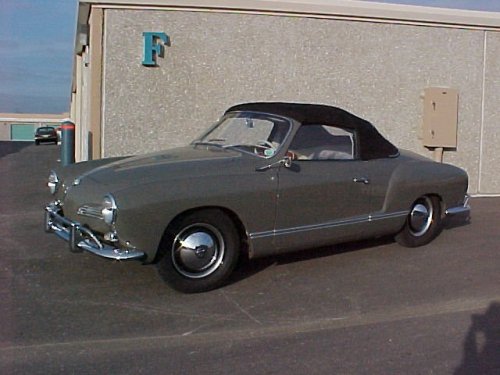
Now that's an extreme example of course but
hopefully it proves a little point.
In some cases, parts can be amazingly expensive, so it
pays to look for missing or incorrect parts and to know what they cost
BEFORE you get into it.
As we go further, I will address some of the "special parts" on the different models that can cost you a bundle. Not everything costs a mint...but things sure add up quick.
So... when looking
for an old VW...
Take your time
Check out all the above areas.
If a car is lacking heavy in any of them (except maybe
history)
maybe you should continue your search.
That's not to say steer clear of all "project
cars", but make sure you know what you are getting yourself into when
that fixer-upper is tempting you.
Now lets explore each specific model for the special things to look for
*
BEETLE SEDANS
~
* BEETLE
CONVERTIBLES
~
* KARMANN
GHIAS
~
* VANS
AND BUSSES
~
* TYPE
3
~
* OTHER
MODELS
~